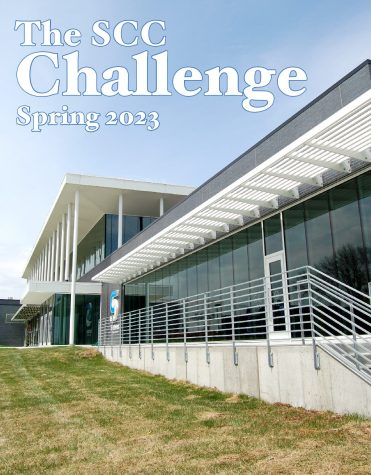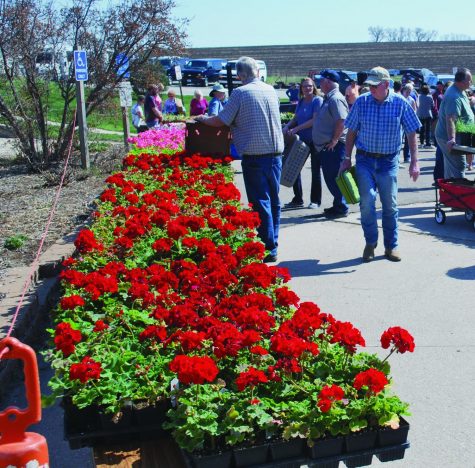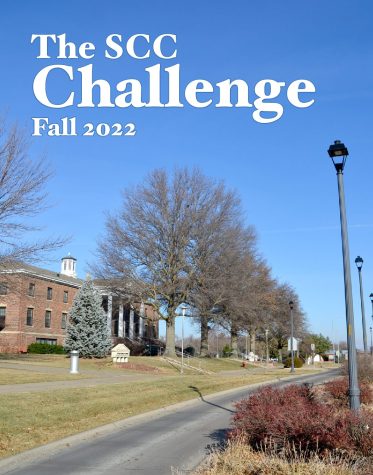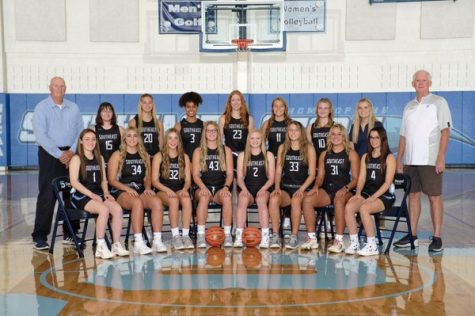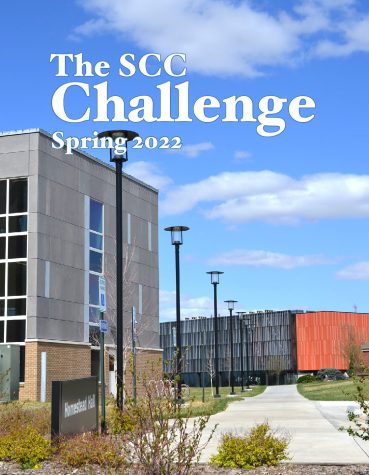Student project becomes piece of training equipment for SCC program
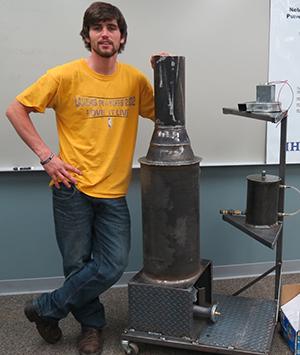
January 23, 2015
When Zach Murphy had some free time as a student at Southeast Community College’s Milford Campus, he often thought about projects that would use the education he’d received.
So the Energy Generation Operations program student, with help from several others, made a 100,000-BTU natural gas boiler/steam turbine that has become a training tool in the program.
“I am not sure what gave me the idea,” Murphy said. “I first searched the Internet to see if there was a little model, and I couldn’t find anything. I collaborated some ideas and thoughts and just started building. There were many times I couldn’t sleep because I was thinking of a way to do something.”
Murphy, who graduated last June and is now an operator at a Flint Hills Resources ethanol plant in Menlo, Iowa, said the education he received from SCC’s program enabled him to build his invention.
“Without the education it would have been really difficult to build the boiler,” said Murphy, who was in the program’s Nuclear Focus. “I used many of my classes to build this project, including low-pressure boilers, steam turbines and physics. I really enjoyed going to instructors in different programs and asking them questions about my project.”
John Pierce, Energy Generation Operations program chair, said Murphy intended to create a steam-powered cell phone charger.
“I know this isn’t in any way practical, but it’s a pet project he took on by himself, with a little help from his instructors and some other students,” Pierce said. “We helped him cobble together some parts from welding and from a local welding contractor who donated a bunch of the components and labor, including the main boiler structure.”
A student in SCC’s Electronic Systems Technology program helped build a voltage regulator that turned the raw voltage generated by the turbine on the machine into a USB-compatible output so that any USB device could be powered by it.
Murphy credited several people with assisting him on the project, including classmates Grant Jackson, Rich Borgenson and Jonny Clark.
“They were alongside me when I went to the different programs and helped with bouncing ideas off each other,” Murphy said.
When the device was started for the first time, the turbine produced usable steam and working voltage. Murphy said it is considered a fire tube boiler because there are tubes that hold hot exhaust gas that run in the middle of the boiler.
“The reason for this is to increase the surface area of hot gasses on the water instead of just heating the bottom of the boiler,” he said. “We were able to heat throughout the center also. John would not let us build it without a pressure safety relief valve, and we bought one for 15 PSI. Anything below 15 PSI is considered a low-pressure boiler.”
The turbine has a squirrel cage fan, and the HVAC program put a casing around the outside. The generator has a 12-volt DC motor that Pierce found at a surplus store.
Murphy donated the boiler to Pierce and the Energy Generation Operations program.
“I told him that he had to show each new class how to charge a cell phone,” Murphy said. “When we first started this project I used old coffee cans. It was not very classy and didn’t perform well. We then upgraded, but again it wasn’t good enough. We would create steam, but once we turned it on it couldn’t create steam fast enough to replenish itself. We then had to go big. With each upgrade we had to find a new burner, a way to see how much water was in the boiler and how to replenish the used water.”
Murphy said he also enjoyed collecting input from various Milford Campus programs.
“I used as many resources as I could,” he said. “I really enjoyed going to different programs to ask to use their resources, including the diesel program for tools and workbench. I got help from the precision machining program to help drill precise holes. The HVAC program helped a lot with piping and enclosing my turbine. The electrical program built a voltage regulator for us. Every program loved what we were doing and helped out tremendously.”
Murphy also enlisted the help of J.R. Welding, a shop in Milford.
“I had no previous relationship with him (Jason Roth), and we described what we were doing, and he wanted to help,” Murphy said. “He is an SCC graduate and donated his time and materials for our project. Jason said he would do it for free, only if we showed him when we were done. He was super-excited to see it and enjoyed our project just as much as we did. Without everyone’s help, we would not have been able to do this project.”
Murphy, whose goal is to work in the nuclear power industry, possibly near his hometown of Rock Port, Mo., said his project serves as a model for how large power plants produce electricity.
“It combined numerous classes into one model,” he said. “I hope my boiler can help the Energy Generation Operations program become more successful.”



